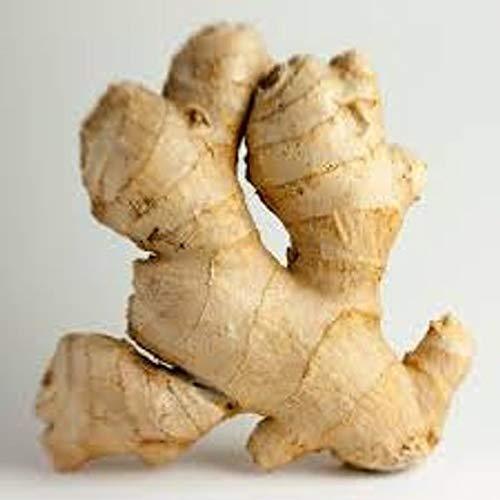2023 IHA Herb of the Year
Zingiber officinale or culinary ginger is the fat, knobby, aromatic rhizome of Zingiber officinale, a tender herbaceous perennial plant in the large ginger family (Zingiberaceae) native to humid, partly shaded habitats in moist tropical and subtropical forests of Southeast Asia. Ginger is grown for the hot, pungent flavor of the rhizome which can be used fresh, dried, ground or preserved (in brine, vinegar or sugar syrup). It was introduced to northern Europe by the Romans (who got it from Arab traders), was one of the most popular spices in the Middle Ages and is an integral component of many Asian cuisines today. In Asia, the fresh stems are also used in many dishes. Ginger adds a spicy punch to fruit salads, teas, curries, preserves, and baked goods – gingerbread, gingersnaps, and other spicy desserts. In addition to its culinary value, it is used medicinally for several ailments. It does interact with some medications, including the anticoagulant drug warfarin.

